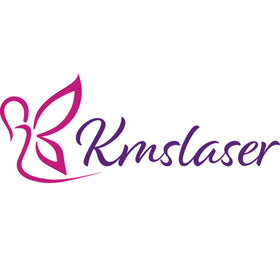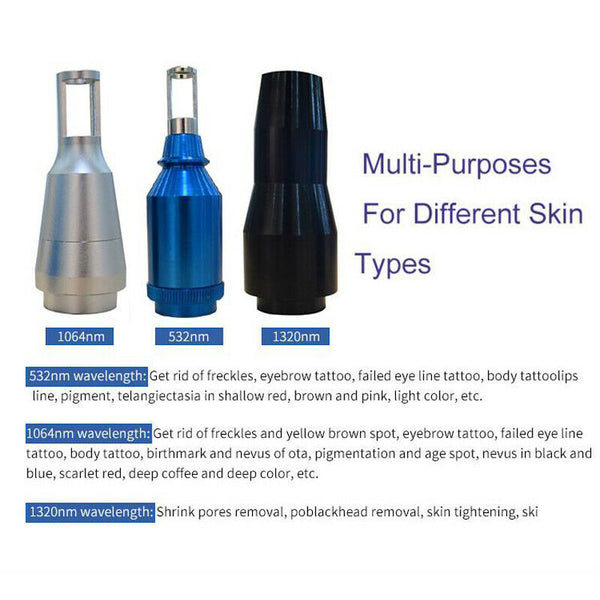In an era where self-expression through tattoos is at an all-time high, the quest for personal reinvention is just as prominent. Likewise, there's a growing demand for effective methods to erase or revise inked memories of the past. This demographic, coupled with the surge of regret minimization, presents an audience keen on learning which laser tattoo removal methods are paramount. For anyone contemplating, "which laser tattoo removal is best," this detailed guide navigates the intricate inking and removal processes.
Understanding the Tattoo Removal Craze
The decision to remove a tattoo isn't superficial; it's deeply personal. Perhaps it's related to a change in life circumstances, the desire to erase a name, or simply to make way for a new design. Regardless of the reason, the process of reversal must be as thought-out as the initial decision to ink. Statistics reveal that over 60% of individuals with tattoos are interested in removing or changing them, emphasizing the growing segment of audiences seeking knowledge on optimal removal methods.
Types of Laser Tattoo Removal
While there are various methods to rid the skin of ink, laser tattoo removal reigns supreme for its efficiency and minimally invasive nature. Among the laser technologies available, the following have carved their niches in the industry:
Q-Switched Lasers
The pioneer in laser tattoo removal, Q-switched lasers, uses acoustic shockwaves to break down ink particles into smaller fragments, which the body's immune system can dispose of more easily. Widely known for their effectiveness, practitioners often start with Q-switched lasers for beginners due to their versatility across various ink types and skin tones.
Picosecond Lasers
Promising faster results and fewer sessions, picosecond lasers are a newer but rapidly growing segment in the removal field. These lasers deliver ultra-short pulses, striking the ink with greater pressure, leading to better fragmentation and quicker removal. Although slightly higher in cost, they are at the forefront of erasure technologies.
Alexandrite Lasers
Originally designed for hair removal, alexandrite lasers have been adapted for tattoo removal due to their ability to produce high levels of energy. While not as common as Q-switched and picosecond lasers, alexandrite lasers are often preferred for specific ink colors, such as blue and green, which are notoriously stubborn.
Factors to Consider when Choosing
Selecting the right laser method is a nuanced decision that's influenced by personal characteristics and preferences:
- Skin tone and type: Darker skin tones may be more sensitive to certain laser wavelengths, while lighter skin types may have a higher risk of scarring with others. It's essential to consult with a licensed professional and discuss your specific skin characteristics before proceeding.
- Ink colors: As mentioned earlier, different lasers target specific ink colors better than others. For instance, Q-switched lasers are highly efficient for darker colors like black, while picosecond lasers excel at removing brighter hues.
- Location of tattoo: Tattoos located close to lymph nodes or major blood vessels may require a gentler approach. In contrast, tattoos in higher-friction areas such as the arms and legs may demand more aggressive laser treatment.
- Budget: Laser tattoo removal is an investment, and prices can vary significantly depending on the method, number of sessions needed, and location. It's best to get quotes from multiple providers and consider the overall value rather than just the initial cost.
Skin Type
The Fitzpatrick scale classifies individuals based on their skin's reaction to sun exposure. Darker skin tones need specialized lasers to prevent hypopigmentation, while fair skin often responds best to conventional laser types.
Ink Colors
Different wavelengths of light are necessary to target specific ink pigments. Certain lasers excel at attacking darker inks, while others are tailored for light, neon, or pastel colors. Consulting a professional will help you understand which laser system will most effectively remove the particular colors in your tattoo.
Pain Tolerance
Laser tattoo removal is often described as feeling like being snapped with a rubber band. However, the sensation can vary depending on the individual's pain tolerance, location of the tattoo, and the laser used. Higher-powered lasers might be more effective but could also be more uncomfortable.
Treatment Duration
Picosecond lasers generally provide faster treatments due to the shortened pulses. However, the overall treatment duration depends on the tattoo's size, the ink density, and the individual's immune system response to the shattered ink particles.
Cost
The price of laser tattoo removal can vary significantly and is often dependent on the number of sessions required. While picosecond lasers might reduce the overall session count, they could come with a premium fee. It's crucial to balance cost with the potential reduction in treatment time.
Comparison of Laser Techniques
Effectiveness
All three laser types have managed to clear tattoos to an appreciable degree. However, the choice of the most effective method depends largely on the tattoo's characteristics. Q-switched lasers are more renowned for their general effectiveness, especially with black and dark inks. On the other hand, picosecond lasers tend to fare better with resistant colors and intricate designs.
Side Effects
Common side effects after laser tattoo removal include redness, swelling, blistering, and temporary hyperpigmentation. These are generally manageable and subside with time. Alexandrite lasers, in particular, have been associated with increased risks of hypopigmentation in darker skin tones, so caution must be exercised.
Number of Sessions Required
Q-switched lasers often necessitate more sessions, compared to picosecond lasers, to achieve similar results. However, the total number of sessions depends on various factors such as ink type, skin health, and post-treatment care.
Recovery Time
Recovery from laser tattoo removal treatments is a balance between allowing the skin to heal and scheduling sessions close enough together to maximize progress. Picosecond lasers generally allow for faster healing and shorter recovery times between sessions.
Case Studies or Testimonials
Testimonials from individuals who've undergone tattoo removal can offer invaluable insights. Hearing about their experiences with different laser methods, clinics, and practitioners can prepare you for what to expect and potentially influence your decision.
Conclusion and Final Recommendations
Before you jump into tattoo removal with any laser method, consult with a professional. They can assess your tattoo, explain the available options, and help you make an informed decision that aligns with your goals and health considerations.
Ultimately, the best laser tattoo removal method is the one tailored to you. It's the result of careful consideration of your skin type, the tattoo's characteristics, your comfort level, and your budget. By understanding the nuances of each laser type and how they affect the removal process, you empower yourself to make the best choice for your tattoo-removal adventure. Always remember, the ink may fade, but the choice in removal should be as clear and permanent as any new tattoo.





